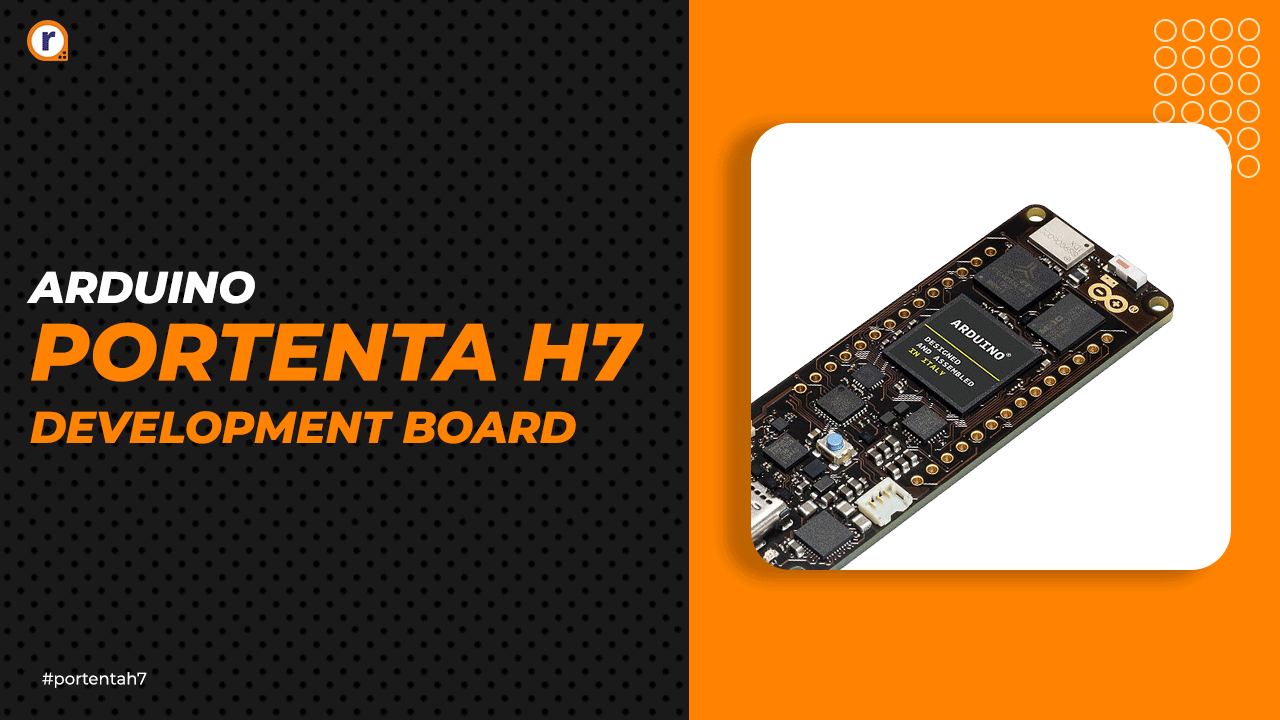Programming STM32F407VET6 using Arduino IDE
This article will guide you through programming the STM boards through Arduino IDE without using FTDI or ST-Link.

Hello,
However, if you're conscious of Arduino programming, assume exploring STM can be hectic; this article is for you. Here, we will go through the steps required to programme the STM with the aid of Arduino IDE without using an ST-Link or FTDI converter. Here, I am using the STM32F407VET6 Blackboard, which supports all single-precision data-processing instructions and data types. Let's get started!!
STM32F407VET6 Black Board:
The depicted image elaborates the hardware of the STM32F4VET6 Blackboard. Beginners, as well as trained users, can use the features of this board.

Board Features
- Onboard: SD card slot
- RTC Battery: CR1220
- Wireless Communication: NRF2401 Interface
- Data storage: W25Q16
- Support FMSC LCD Interface
- Multi-user keys
- All the CPU-10 lead
- 2.54mm integer multiples spacing pin.
For more knowledge regarding the STM32F407VET6 Blackboard, visit the Reference manual and programming manual.
DFU:
We are going to use DFU as an uploading method to communicate with the device. DFU or DfuSe is the USB package to upgrade the firmware on STM32 via USB. Refer to AN3156 and UM0412 for the installation.
The key benefits of the DFU Bootloader are:
- No need to use a specific tool like JTAG, ST-LINK, or USB-to-UART cable.
- Smooth upgrade of firmware and programming using USB.
Procedure:
- STM32CubeProgrammer software: Install STM32CubeProg software tool.
- Install Arduino IDE.
- Add this package in the preference of Arduino IDE.
- Go to Board Manager and Install STM32 Core Boards.
- Install DfuSe on your pc.
- Update driers for STM boot Loader through device manager.
- DFU mode is often selected by connecting Boot0 pin to 3.3v and Boot1 pin to GND.
- Select USB for communication using STMCubeMX software.

- Select proper board, port and upload method as DFU in Arduino IDE.

- Define the inbuilt LEDs. Onboard LEDs on STM32F407VET6 are PA6, PA7.
- Upload the Blink Code.
- Now you are all set to program STM through Arduino IDE.
Final words:
I hope you enjoy working on STM. You can explore more boards and accessories here. Stay tuned for more exciting topics related to STM.






